Romanticism or the concept of the sublime
Like all artistic movements, Romanticism arose as a reaction against all of the above: the order and perfection of Neoclassicism in art and the intellectual Rationalism of the late 18th century. It was a current that transformed painting but also triumphed in all cultural spheres: artistic, intellectual, literary and musical.
Once Liszt was asked what his profession was. The music master replied:
“My profession, my friend, is to unleash storms.”
The wheel turns again… After a rational, serene, classic time, there is always a runaway, passionate, subjective period. Both in history and in artistic currents. And after the cold Neoclassicism, Romanticism arises like a storm after the calm. If reason is presented as light, the romantics are fascinated by the night which relates to sleep and imagination.
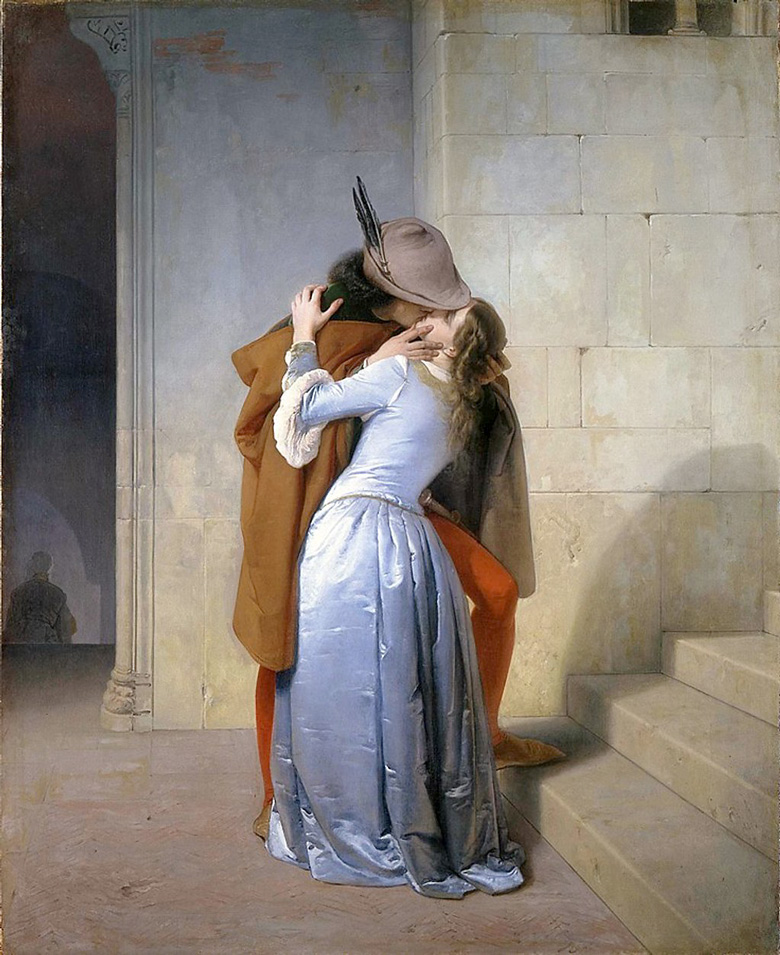
This movement was born in Germany and England when a group of creators decided that they were fed up with so much rationalism. For them the world is the opposite… irrational. It is not serene or intellectual. It is full of feelings and imperfections. There is great dissatisfaction, a decline in values and the disappearance of order.
After the French Revolution of 1789, the taste for drama arises, and if it is violent, even better. War, madness, death… all seasoned with a touch of eroticism.
Individual freedom becomes the most important treasure. Soon these ideas spread throughout Europe and each country will have its own Romanticism, expressed in different artistic disciplines, especially painting, literature and music.
Musicians like Beethoven, Schubert, Chopin and Liszt share the romantic ideals. Writers like Victor Hugo, Lord Byron and Alexandre Dumas agree on the subjective vision that replaces the scientific universality of the illustration.
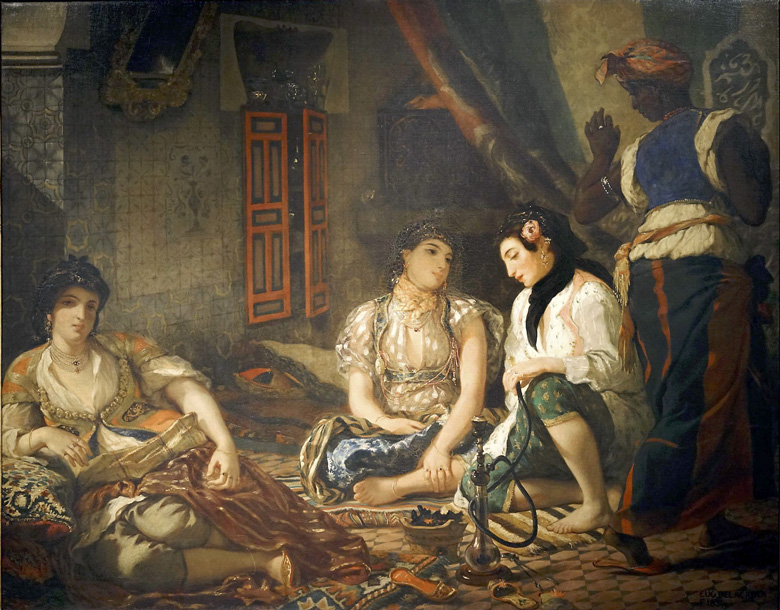
The self is what matters. Individual personality and originality are exalted. National traditions with their past periods of splendour are valued. This is when nationalisms arise in Europe.
The cult of the Middle Ages, its ruins and other ancient themes such as the circle of King Arthur or the Nordic mythology sagas were born. Folklore is valued, since popular wisdom becomes an inexhaustible source of inspiration. They are obsessed with fantasy, exoticism and dreams.
A romantic must travel the world and if he cannot, at least travel with his mind or enter parallel worlds, such as mental hospitals. Romantic paintings can be populated by ghosts, witches and monsters, like those described by the writer Edgar Allan Poe and painted by Goya and the Swiss Fussli.
An interesting idea arises: the artist as genius, creator, even demi-God. The myth of the genius artist is formed, who opposes the rules of society.
In Romanticism, rebellion is valued. It’s about breaking the rules. And that includes committing suicide out of love or sadness… or dying of tuberculosis. A good romantic should die young, like the painter Delacroix and the poet Becquer.
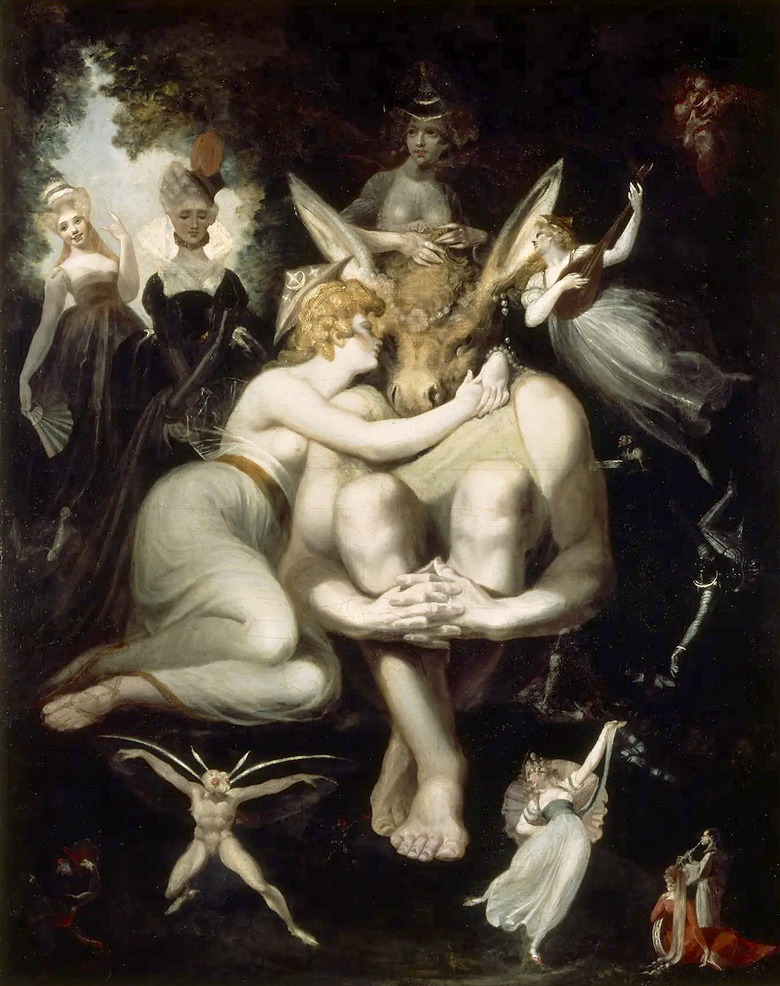
The movement was a sweeping creative force that soon dominated all of Europe. A clear break with the trends of intellectual thought, industrialisation, rationalisation and glorification of science.
The artists, charged with emotions, sought to develop their imagination, spreading their feelings and ideals that impregnated the public.
The romantics expressed themselves through painting, sculpture, music and literature. They portrayed scenes of love, beauty, suspense, horror, anger and adoration. Their goal was to escape from reality.
Although the Romantic period (1790-1890) has been described as the antithesis of the Classic and Neoclassic movements, stylistically there were overlaps between them.
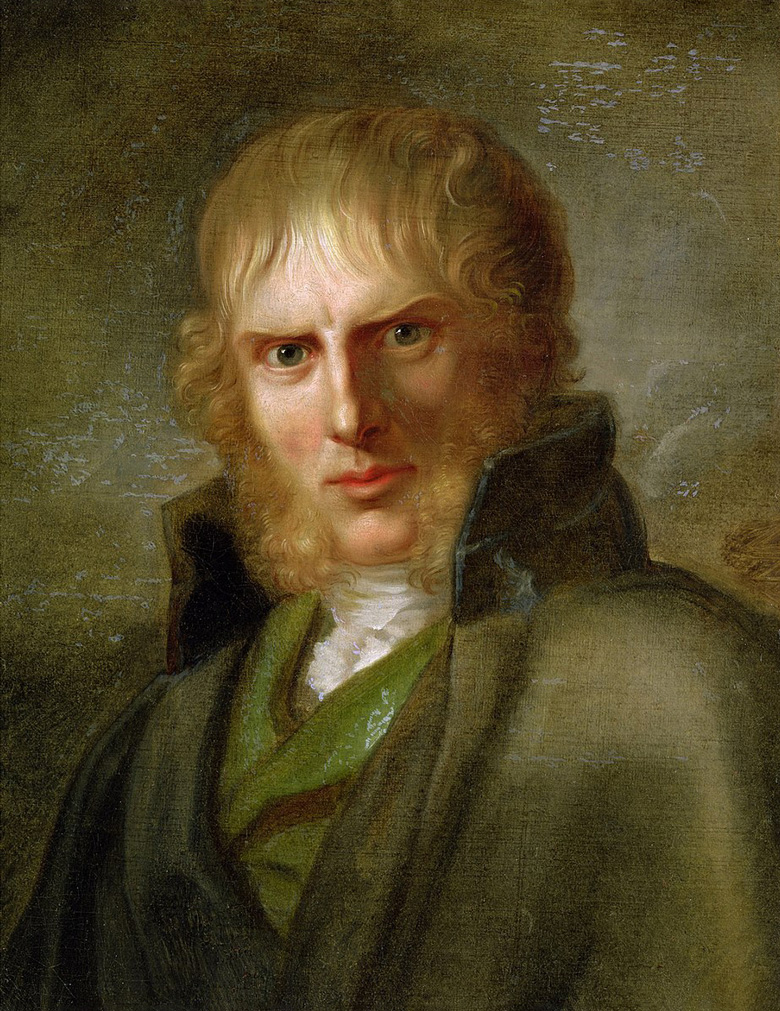
The concept of the sublime is essential to understand it. The sublime mixes beauty with terror, as happened with the French Revolution. Something sublime is so big and imposing that it is terrifying and wonderful at the same time.
Especially sublime painting, seeks to capture a deep feeling and express it visually, just as the romantic poets and musicians express it with words and notes.
The taste for nature is reborn, but very subjective. It no longer has merit to imitate reality. It must be recreated, reinvented, as Caspar Friedrich does painting seas of clouds or icy landscapes. They are not interested in topographical descriptions, but in showing human emotions by inventing picturesque and strange places.
The landscape painter par excellence is the English William Turner, author of the most beautiful skies of sublime chromaticism. They are almost abstract paintings where sensations are transmitted through faded colours and stormy nebulae.
In short, these are the key concepts of romantic painters.
- They defend the freedom of creation and oppose the canons of order.
- Subjectivity and individualism replace the rigidity of academic rules.
- They value originality and diversity over the unity of the previous Enlightenment.
- Feelings, emotions and passion (love, suffering, and hate) are the most important.
- They exalt religious and patriotic feelings and love for nature.
- They prefer instinct to reason and like extreme situations, despising the previous balance and harmony.
- Liberty, equality and fraternity are key instead of the universality of reason.
- They encourage the excellence of imagination and fantasy.
- They recreate past worlds, especially the Middle Ages and are fascinated by exotic cultures (North Africa and the Orient).
- Traveling painters appear and the Society of French Orientalist Painters is founded.
Movement, colour and drama become the center of their works. For the romantics, the world is a place of nature and internal forces, often destructive and beyond man’s control. In contrast to this nature, the human is small, vulnerable, and in danger.
Themes such as melancholy, restlessness and madness, which emphasise the fragility of the human being in the face of a hostile world, are characteristic of the works of the British William Blake and Spanish Francisco de Goya.
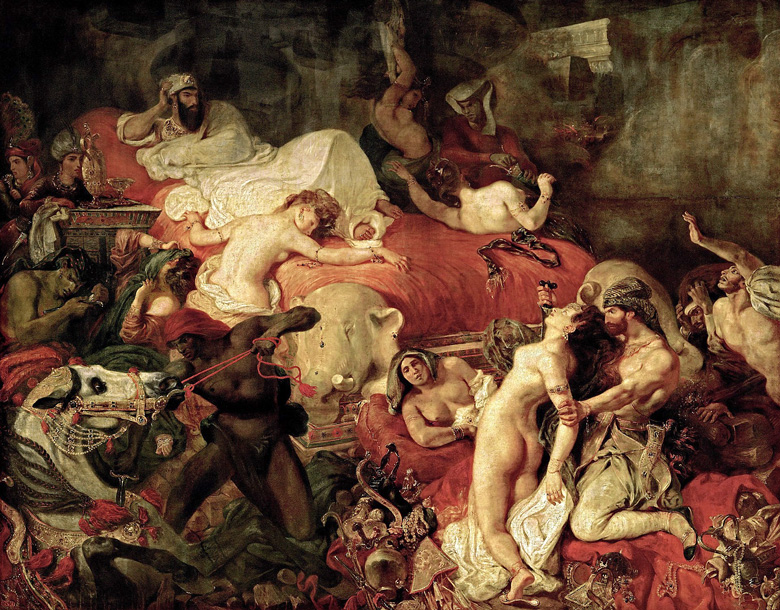
It is a universe of extreme emotions: horror, dreams and violence. Supernatural forces that are beyond human understanding and can rarely be controlled.
Romanticism is the style of artists who wish to redefine the figure of man and the role of art in a world that is facing great changes.
With the French Revolution and Napoleon Bonaparte in power, artists felt the need to create works with themes of ambiguity, confusion, and chaos.
The art produced by the pioneering romantic artists like Fussli, still used the stereotypes of antiquity. The only difference is that the bodies he paints are distorted into unlikely positions and dramatic gestures.
The first romantic artists are influenced by witchcraft, dreams and apparitions, but above all by emotions.
Strong and accentuated emotions. As in the works of the English mystic William Blake, halfway between Romanticism and Symbolism. Painter and writer produced a collection of works full of symbols such as “Marriage of Heaven and Hell“.
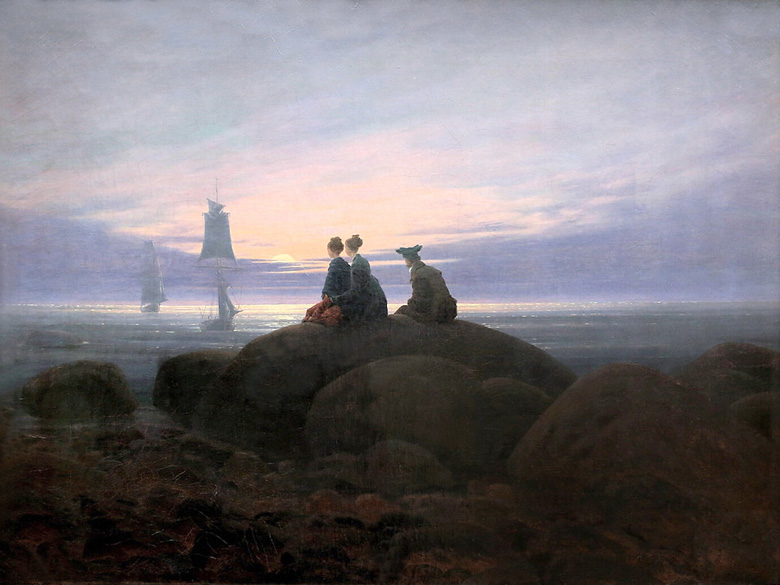
For him there was nothing more sublime than imagination, which according to him, is immortal, eternal and inexhaustible. He clashed with his contemporaries, for which he was rejected and branded as an eccentric. They considered him crazy but later critics revered him for his expressiveness, creativity and the philosophical and mystical undercurrents of his work. He was almost half a century ahead. His painting and poetry are precursors of the romantic movement.
The historical period of reference is the Middle Ages, understood as a primitive and instinctive world. This leads to the birth of the Gothic Revival in architecture, but also to the participation of artists in the struggles for political and social freedom. Contrary to what happened with Neoclassicism, where classical Greek and Roman art was exalted as the highest expression of artistic ability.
Depending on the country, Romanticism gradually evolved. In France, rebellion, but above all human freedom, is the fundamental theme. Politics is the focus of the works, while German and English artists are more interested in the landscape and the relationship between man and nature.
In “Traveler on a Sea of Clouds” by the German artist Caspar Friedrich it is as if the viewer were inside the storm, making us experience the same emotions as the protagonist. An “emotional immersion” that the British landscape painter William Turner also achieves.
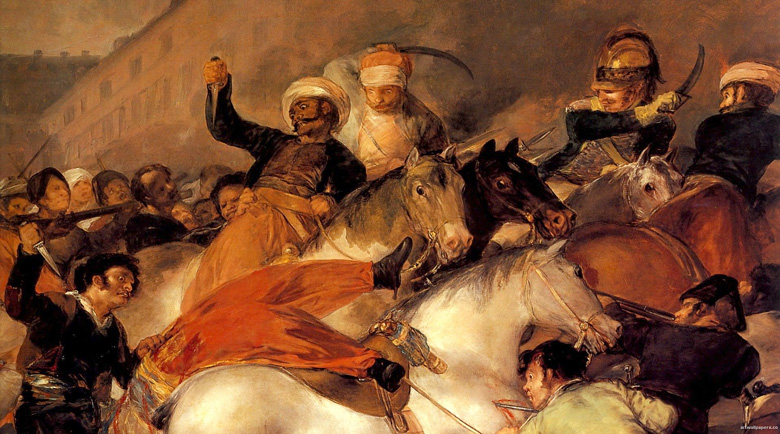
In Italy, the ideals of Romanticism are aligned with those of the Risorgimento (nationalist ideological movement) and focus on the political role of art. It is characterised by a classicist tone with some formal innovations and a strong patriotic feeling. The greatest exponent is Francesco Hayez, with works such as “The Kiss“.
In Spain, the greatest exponent is Francisco de Goya. He decorated his own house with 14 scary-themed murals. Like his famous “Saturn devouring his son“, inspired by classical mythology. Like the French artists, he also deals with political rebellion, human freedom, fear and warlike cruelty, as in his “Executions of May 3“, “Charge of the Mamelukes” and his impressive engravings “Disasters of War“.
Once again, the artist places human emotions at the center of his work, making us participants in the horror of death.
Caspar David Friedrich represents the landscape painting movement in Germany. He was looking for the sublimation of nature. Art was for him, an intermediary between man and God.
Thus, although he painted real landscapes, he used religious and mystical allegories. The violet color symbolised mourning and melancholy, the boats, the path of man’s life, the rocks, the base on which human life rests, the fir trees represent eternity and the snow, the Christian faith in the resurrection.
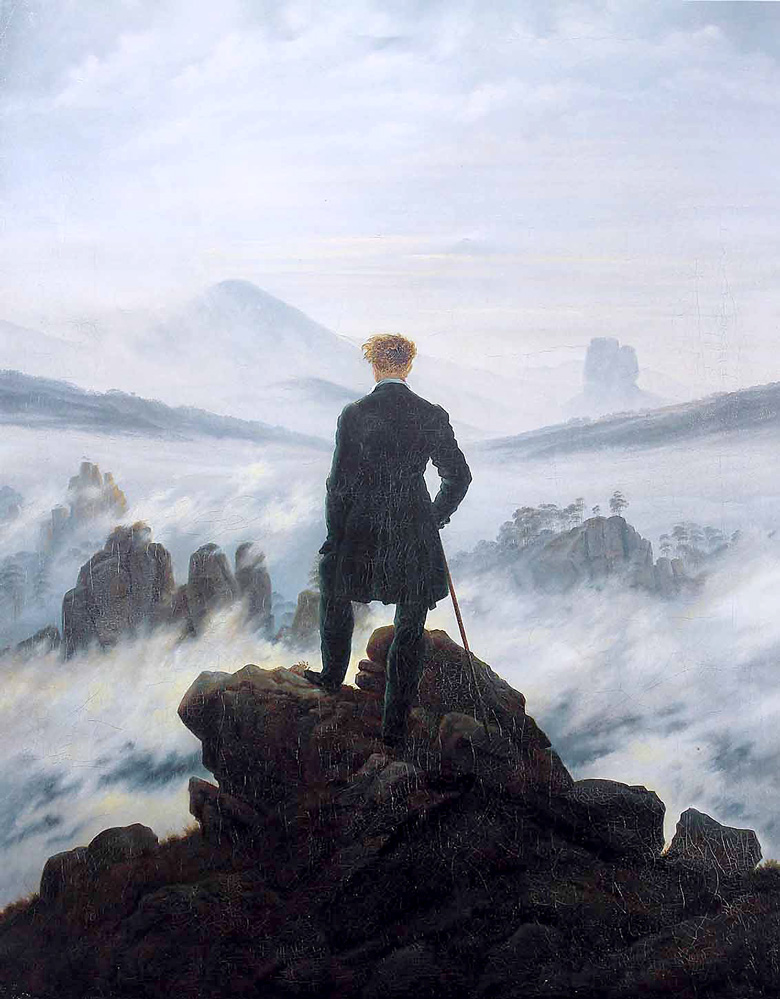
The British William Turner portrayed the amazing power of nature over the human being. Like other romantics, he considered the natural landscape as a reflection of his state of mind. His style is characterised by the use of exclusive watercolour techniques that he embodied in the execution of his oil paintings, creating light, fluidity and ephemeral atmospheric effects.
In his later years, he used less and less oil. He focused on pure light, the colours of reflections, with figures and objects increasingly difficult to recognise, creating almost preliminary works of Abstraction.
The paintings by the French Théodor Géricault were very well received by critics because they show, with their theme, rebellion and criticism against society and power. Like Goya, he also portrayed the insane and the sick, reflecting the faces of ordinary people with expressions of madness. His thick, pasty and messy brushstrokes show his passion and feelings.
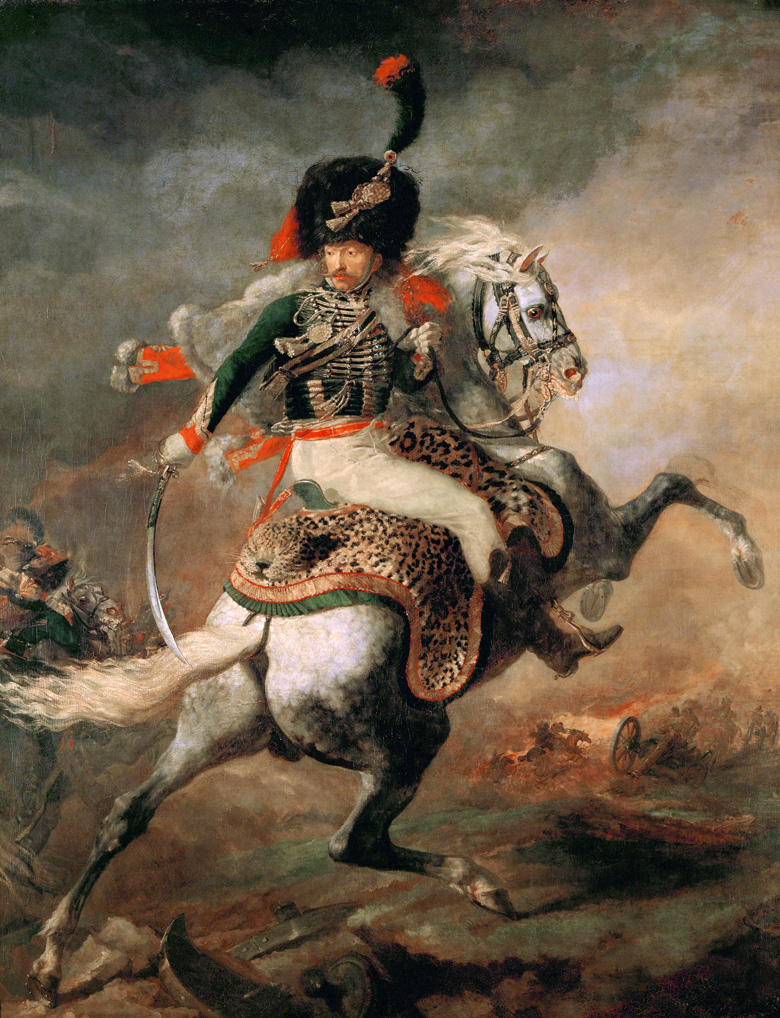
Another favourite subject was horses. Equestrian lover, he exceptionally painted the equine physiognomy with his impetus, nerve and energy but also with elegance and nobility. Curiously, he ended his life at only 33 years old, due to a fall from a horse.
Eugene Delacroix is the highest representative of Romanticism. Like his teacher, Gericault, he is passionate about color and exoticism, the result of his travels through Africa. A great admirer of Turner, he adopted his use of varnishes, achieving new, more vibrant tones.
The luminosity of his compositions is magnificent. His human figures have a clear influence from Michelangelo, with almost perfect proportions, highlighting every muscle in the body. He paints expressions on his characters with eyes full of feeling, pain, anger, fear or bravery. His themes are historical or set in the oriental world.
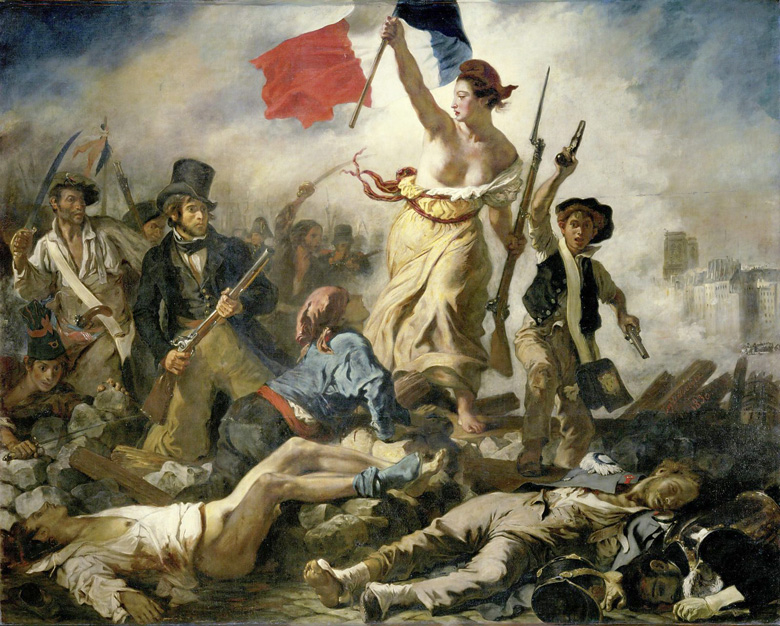
His masterpiece, “Liberty Leading the People”, reflects the French spirit during the 1830 revolution in Paris. Liberty is a bare-chested woman who raises the republican tricolor flag, leading a crowd that marches over corpses. The first to follow her is Delacroix himself, who appears in his self-portrait. He gets an awesome dynamism feeling. It is a masterpiece that sums up the essence of the romantic movement.
With the arrival of the second Industrial Revolution and the appearance of the Art Academies, Romanticism began to give way to other movements. It will no longer be just the man with his emotions as the center of the works. The artists will admire the world around them and the kind representation of nature, as we will discover with the French Impressionists. Once again, we will see how the cycles of art are like the waves of the sea…
